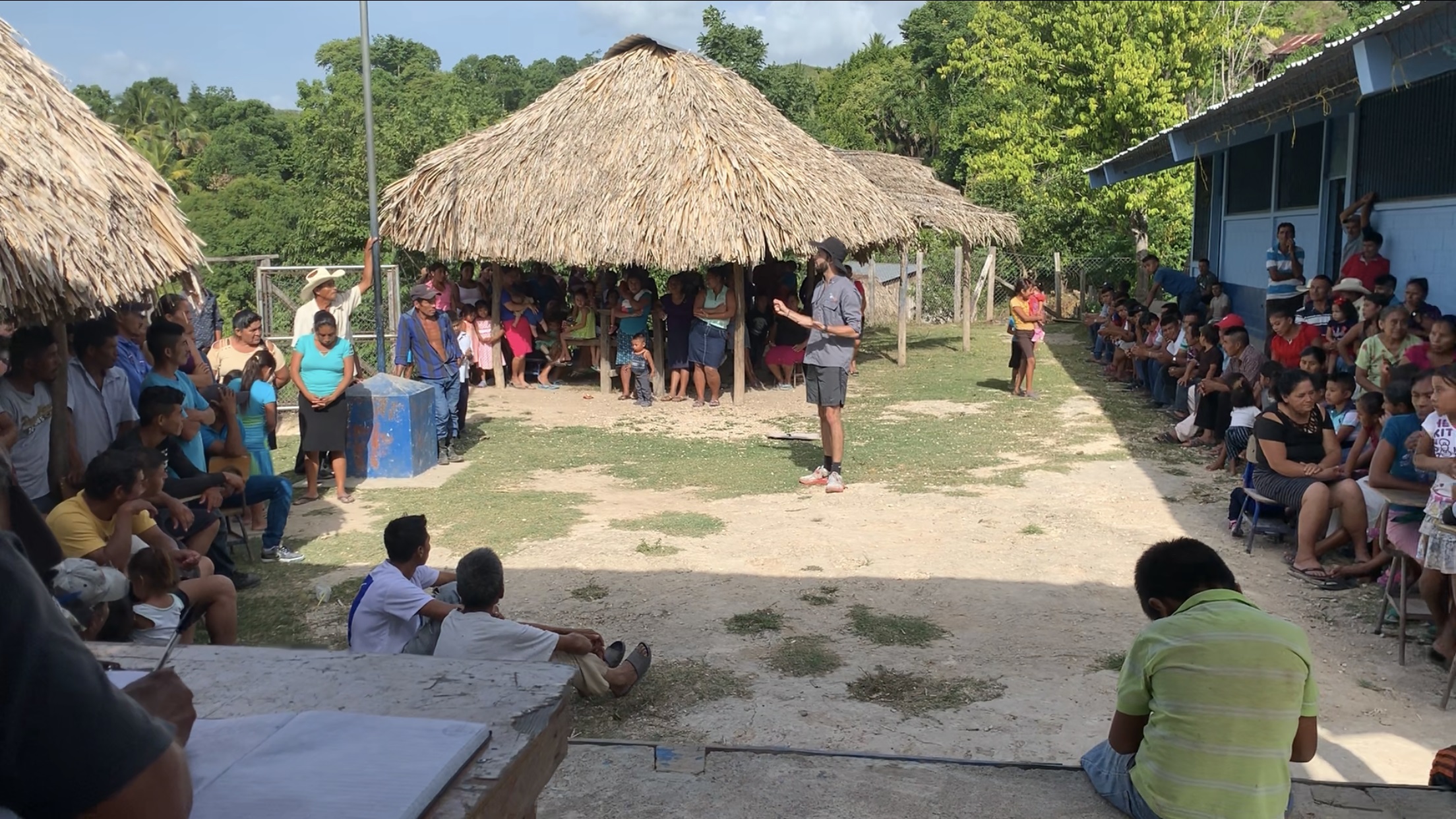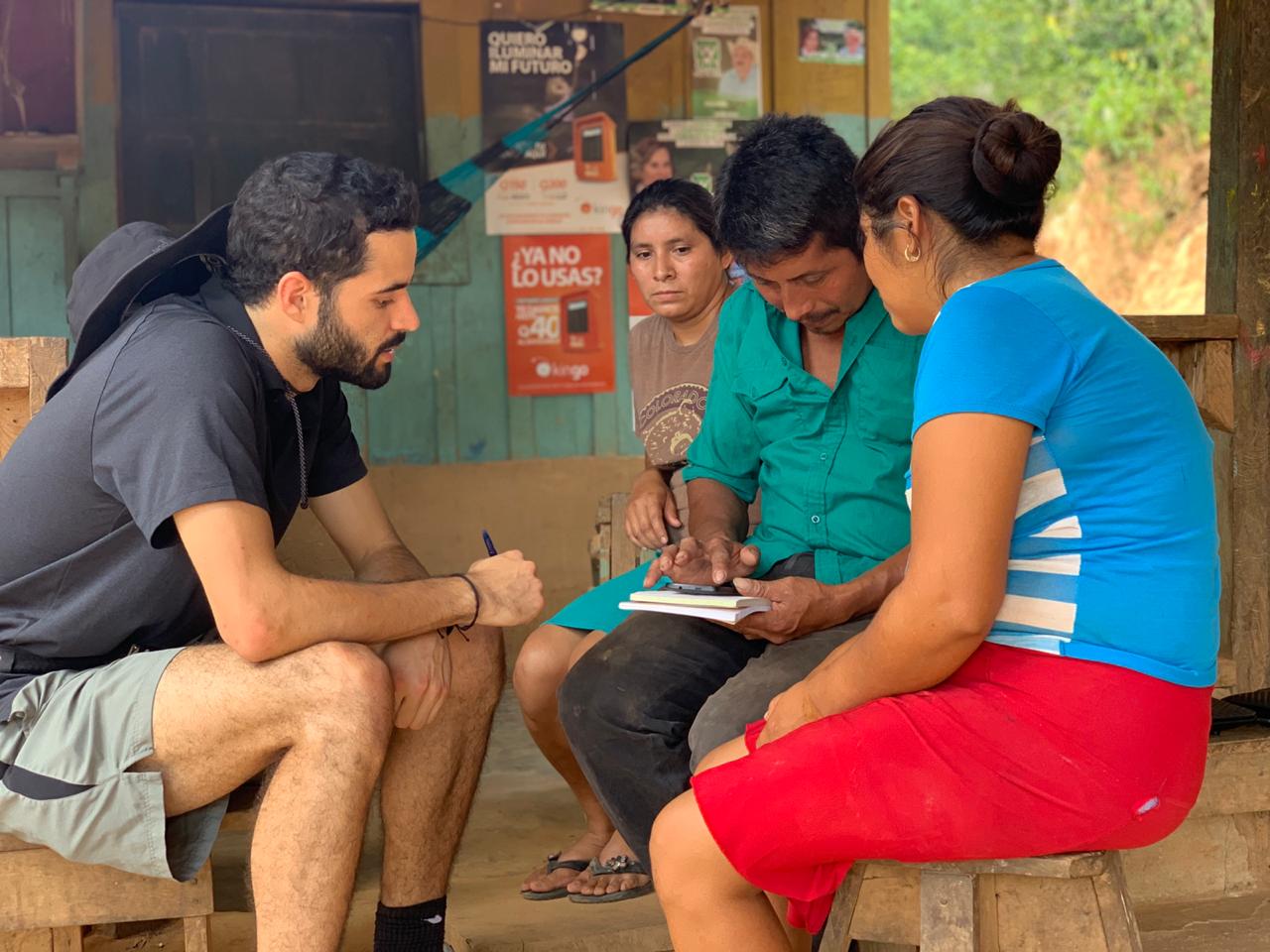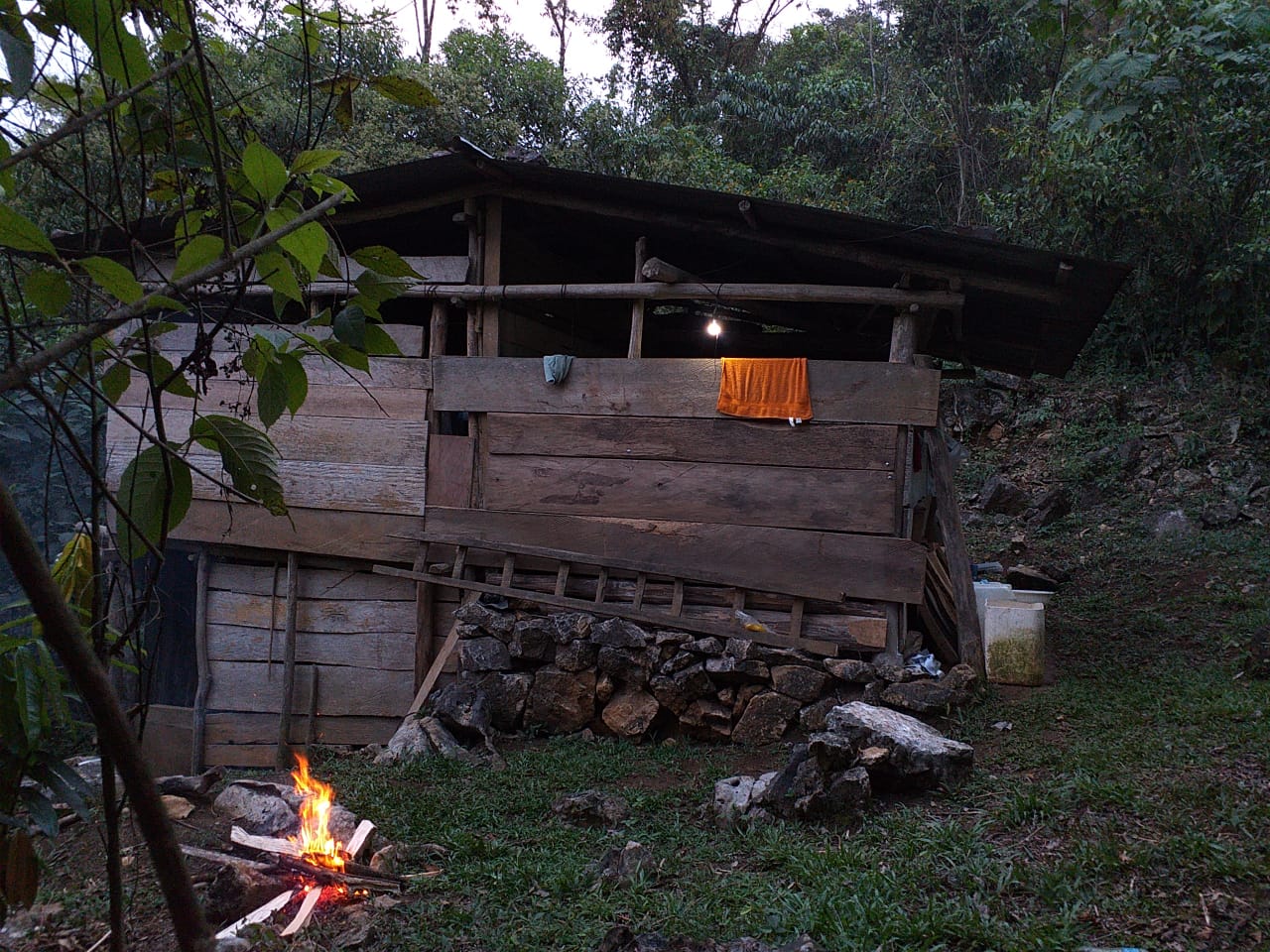¶
Prototyping¶
The diferent roles of prototyping, and examples of how I have used them in the past or how I intend to use them in the future.
Role 1 - Experimental Component
Test of specific hypothesis. Systematic variatons of prototype or context of use.
Communication channels: Working to provide offgrid communities with a prepaid solar energy service required efficient communication. An explanation of the service was required, given that the technology was something new to this population and many questions needed to be answered. More importantly, we were required to provide efficient mass communications to reach numerous individuals simultaneously so as to comply with our expansion efforts.
During this process, we were interested in learning which are the most effective channels that we could rely on for our communications. After initial research, we came up with four different proposals:
- Traditional posters and flyers at the point of sale.
- Participating in monthly COCODE (Mayor) meetings.
- Using the community PSA speakers.
- Sending flyers through kids at school.
In this case, we outlined systematic variations of means of communication and measured which ones had a higher impact on communities energy use.
We came to understand that people respected community authorities and that participating at the monthly meetings were most efficient because it generated word of mouth and a converstaion to move people to our points of sale. Still, complementary communication tools were required to fulfill all expectations.

Role 2 - Means of Inquiry
Open-ended exploration. Instrument to collect, record and measure phenomena.
A new business model:
The company I worked in engaged with a business model that provided customers with free maintenance and repairs for the prepaid solar systems. However, as the user base grew and our coverage expanded, the units began to surpass their life expectancy and a large number of batteries were failing. This really pushed any limits in terms of maintenance capacity, and our service levels dropped causing a steep incline in customer inactivity. That is, people were not using their prepaid units because they were not working properly due to battery issues.
We were faced with a critical question: How can we provide maintenance to solar systems with a higher frequency while mantaining low operational costs?
We designed a number of concepts based on field insights, and decided to test an MVP through a pilot/prototype.
The new business model involved empowering shopkeepers with tools, knowledge, skills and incentives so that community users could receive a maintenance service at their shops. We then structured new community-based routes, instead of home-based routes. That would accelerate the time to respond upon the failure of a system, while simultaneously reducing operation costs, ultimately increasing user activity and rentability.
In this particular scenario, we prototyped a new business model which involved the design of new processes, documentation, materials, scripts, vehicles, routes, training, software development, hardware development and all of the million details that are ingrained inside a business model.
Through this project, set up a scenario where we not only tested this busines model prototype, but also dived deeply into the community which enabeled great learning about a great variety of phenomena. More importantly, we created a scenario to collect, record, observe and measure phenomena.
- Are users willing to go to the shops for maintenace repairs?
- Is user activity increasing through higher frequency repairs?
- How loyal are users to the brand?
- What is the size of the value being generated for users?
- What impact does the product have on the community?
- How is the brand empowering individuals in rural communities?
Role 3 - Research Archetype
Illustration or demonstration. Physical embodiment of research concept, understanding or design reseach space
Diving into the deep:
In order to understand better how to improve our product offering, we understood that simply talking to users was not enough. Even ethnographic observation had its limits and could not provide answers to critical questions. With this context in mind, I designed an experiment to understand how our users actually lived and through this, how our product interacted inside their lives.
I packed my bags and travelled off the grid into a carefully selected community in Alta Verapaz, Guatemala. There, I rented a small wooden shack from a shopkeeper where I stayed for three weeks to embody the purest user experience. I used the solar system every day, and lived through the same pain points that our users faced every day and night. Not only in technical specifications but also in feelings, routines, habits, relationships, dynamics and insights that can only be experienced. Both product and service aspects were refined following the insights from this research activity and user activity was improved.
Role 4 - Vehicle for Inquiry
Driver for the research director. Research contribution is tied to the process of crafting the artifacts.
Although I have collaborated in the design and crafting of different products or services, I have never really approached this excerecise as a focused artefact for learning. This sparks different ideas to mind, however since I am interested in understanding how people interact with their own health I am conceptualizing a prototyping activity where a small group of individuals are observed while collectively creating a device for health improvement. By witnessing the process of prototyping, documenting it, analyzing it and learning from the process itself I could understand important and interesting aspects of how people interact with their health.


